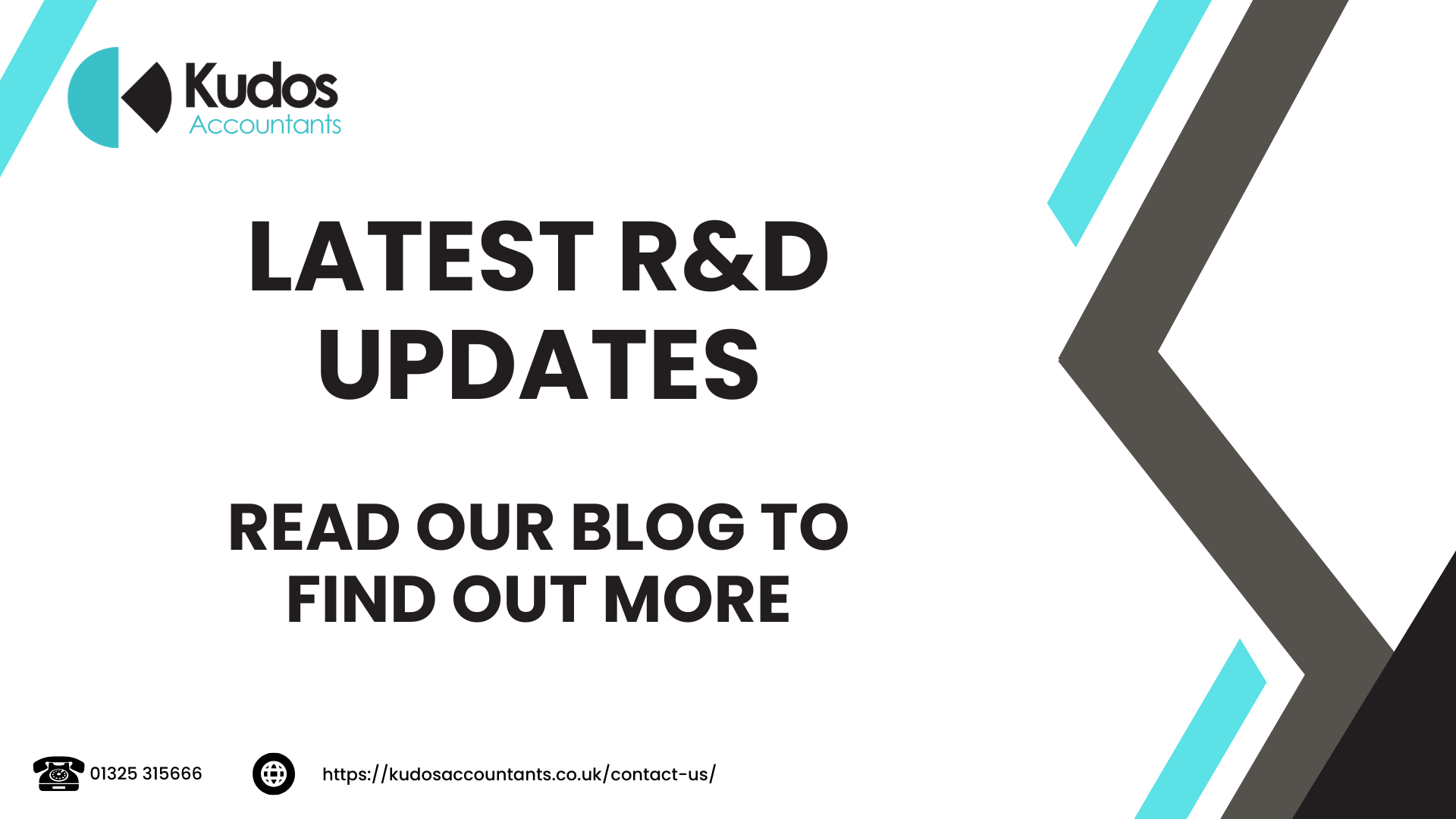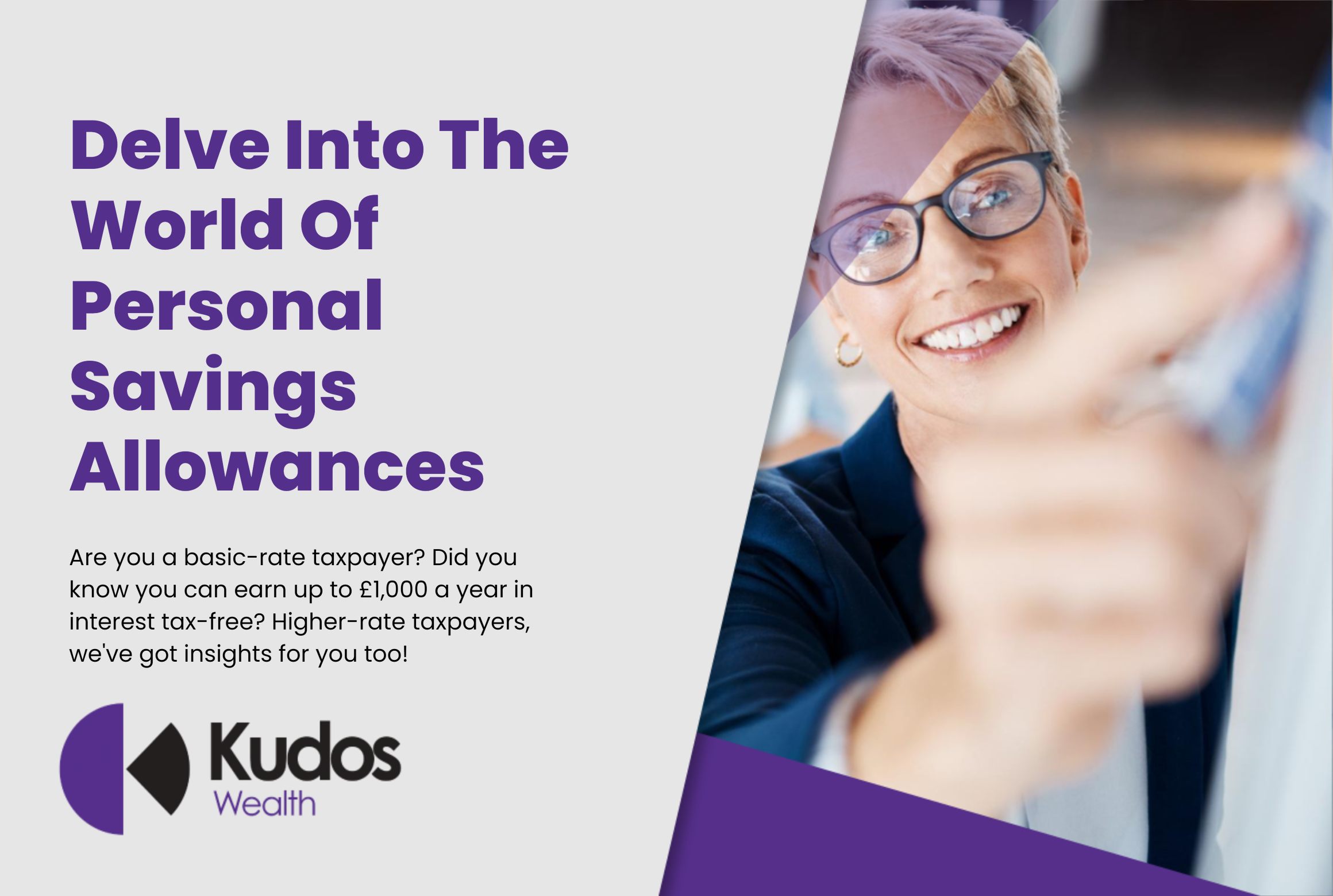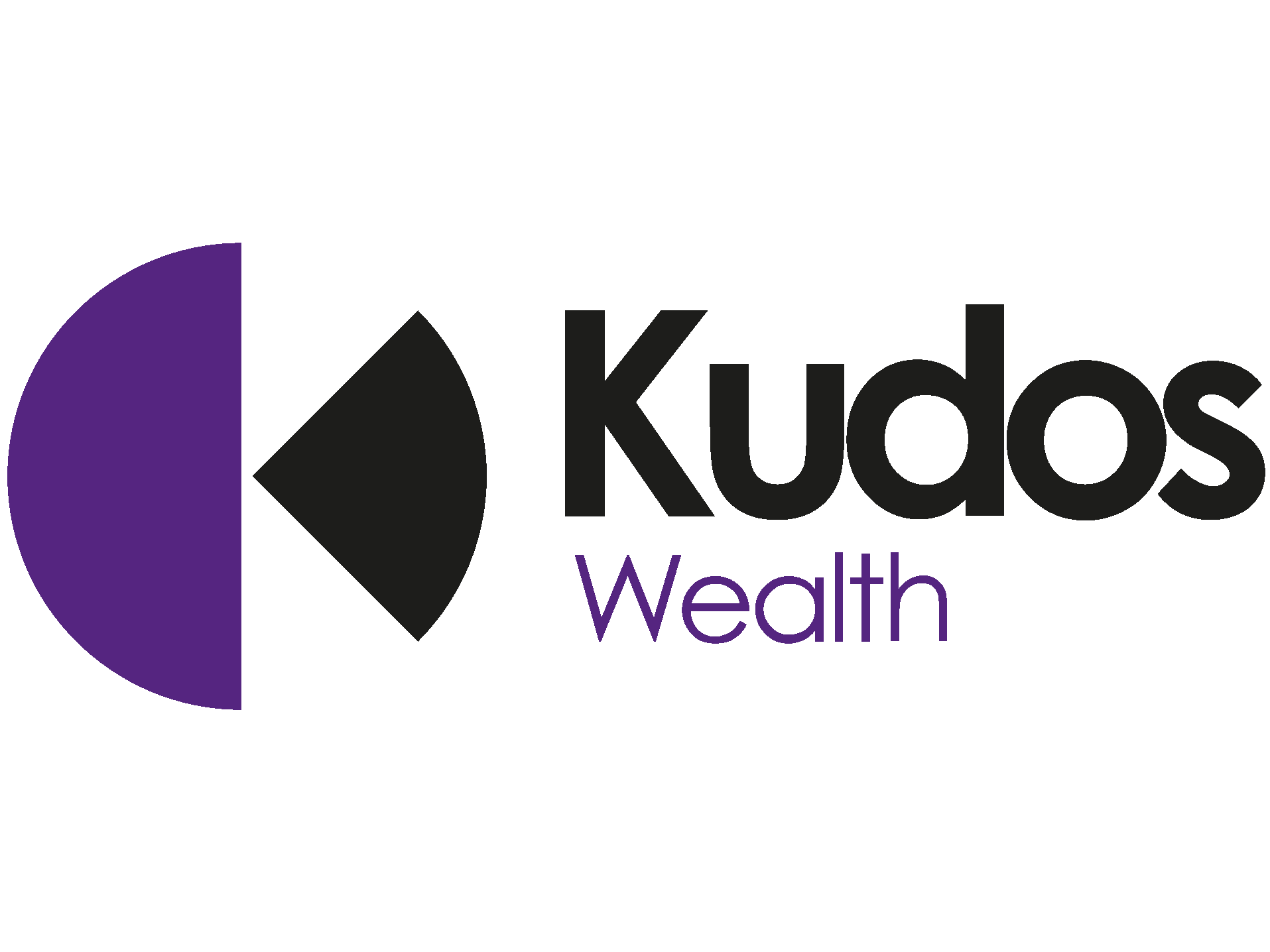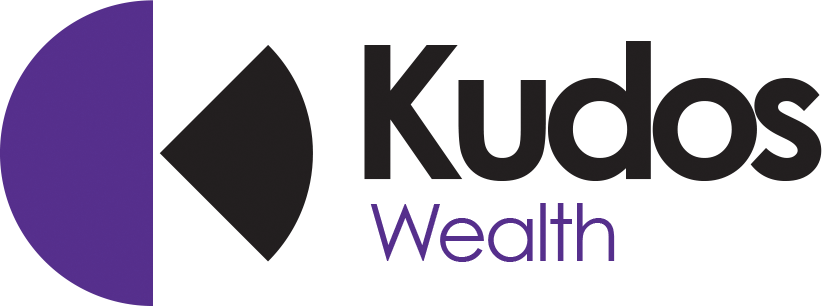

In the current economic climate, with interest rates higher than we’ve seen in years, it’s essential to be strategic about where you keep your savings. As a higher-rate taxpayer, you might be concerned about the tax implications on your savings interest. Let’s break down how to find the right balance between cash and investments for your personal savings.
Understanding the Personal Savings Allowance: For the tax year 2023/24, the Personal Savings Allowance (PSA) offers a tax relief on interest earned from cash savings accounts. This allowance varies depending on your tax rate:
The Right Balance: Cash vs. Investments While it’s important to have an ’emergency fund’ in cash for quick access, considering long-term goals, a Stocks & Shares ISA could be a wise choice. It offers potential for long-term growth, unlike cash accounts where your capital’s value remains static.
Maximising Your Allowance: For a basic-rate taxpayer, you can hold up to £20,000 in a cash account (assuming 5% annual interest) before being liable for tax on the interest. For higher-rate taxpayers, this amount is £10,000.
Income Tax Considerations for High Earners: Earning over £100,000 annually comes with its tax complexities. The tax-free personal allowance of £12,570 starts reducing at this income level. You could face a 60% tax rate on income between £100,000 and £125,140. A strategic way to avoid this is by contributing excess earnings into your pension. This not only reduces your taxable income but also allows you to benefit from higher-rate tax relief.
Case Study: Consider an individual with an income of £100,000, receiving a bonus of £10,000. The additional income tax due to the reduced personal allowance would be £2,000, leading to a total extra income tax of £6,000 on the bonus. This effectively results in a 60% tax rate on the additional income.
Conclusion: With earnings rising and Income Tax thresholds frozen, more individuals might fall into the 60% tax trap. It’s crucial to make the most of your tax allowances and understand the best ways to balance your cash and investments. Remember, every financial situation is unique, so consider speaking with a financial advisor to tailor these strategies to your needs.
If you’re unsure about how these changes impact you or how to best utilise your allowances, contact us before the end of this tax year, 5 April, for personalised advice and guidance.





Residential Mortgage

Commercial Mortgage

Pensions & Investments

Protection & Insurances

Health Questionairre

Asset Finance

Business Finance

Invoice Finance

Residential Mortgage

Commercial Mortgage

Personal Details Form

Business Details Form

Tax Return Information

Residential Mortgage

Commercial Mortgage

Pensions & Investments

Protection & Insurances

Health Questionairre

Asset Finance

Business Finance

Full Business Finance Review

Invoice Finance